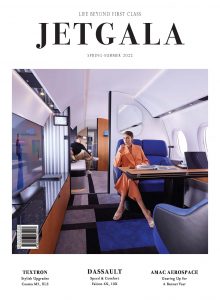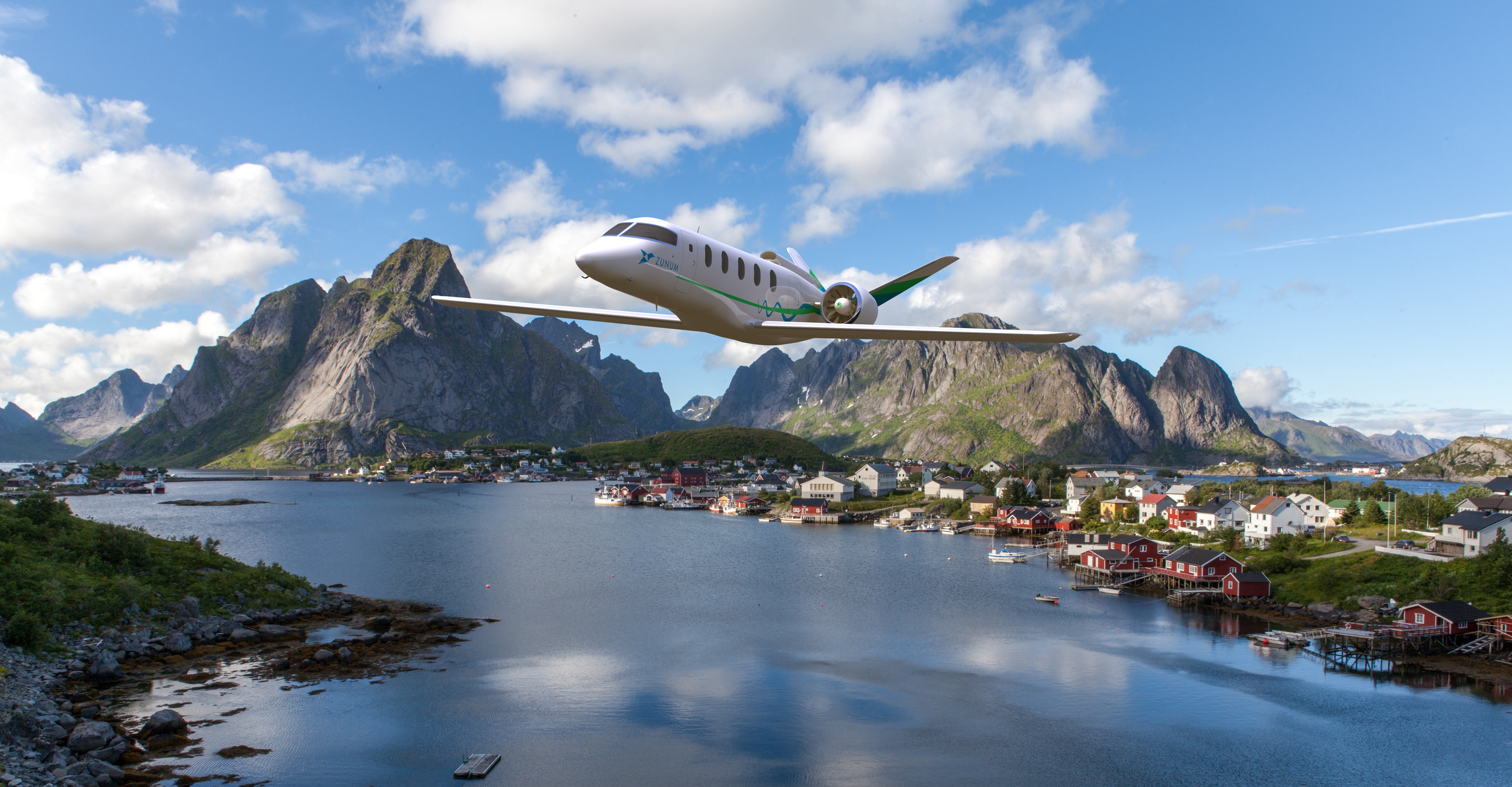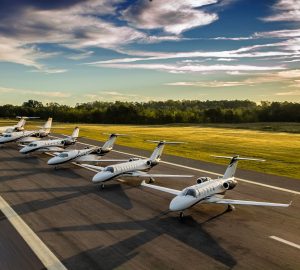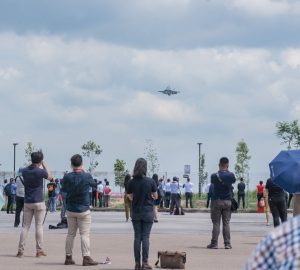Ready For Takeoff
Zunum Aero’s innovative class of hybrid-electric aircraft could be the game changer of the aviation industry.
By Brian Moore
Zunum Aero, a Seattle-based pioneer in electric aviation revealed a few months ago details of its first hybrid-to-electric jet, which it plans to deliver by 2022. The 12-seater jet will have a range of about 700 miles and is the first in a series of hybrid aircraft that the company plans to roll out.
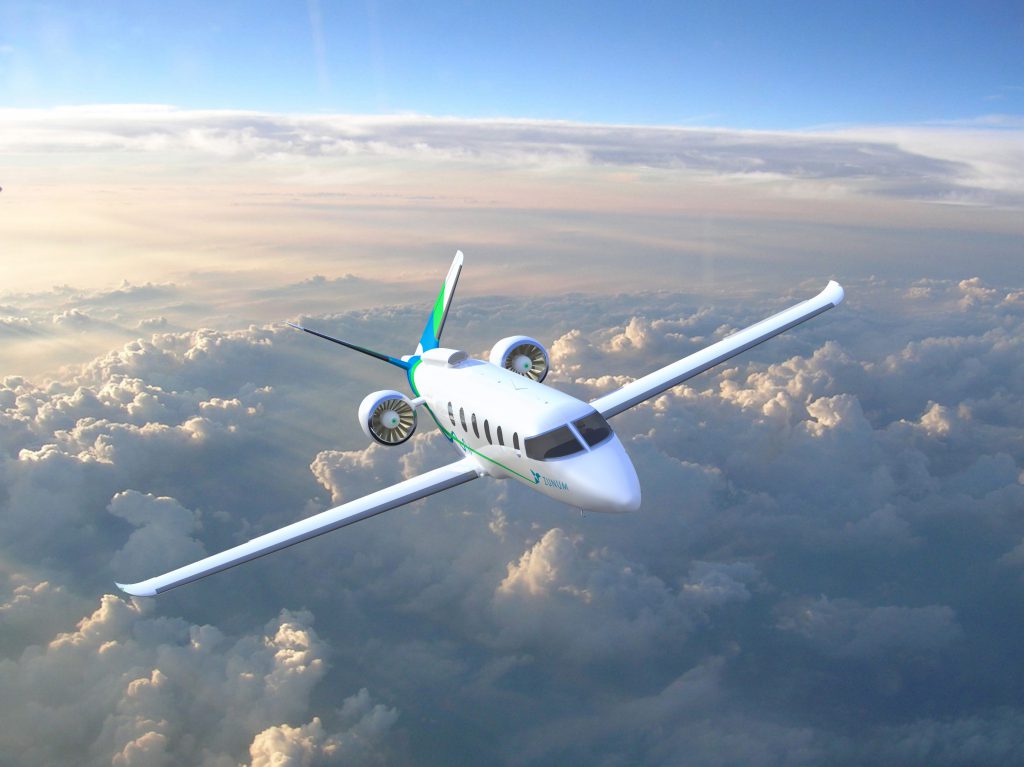
These hybrid jets are designed to address a gap in the transport structure over regional ranges up to 1,000 miles, which don’t really have a lot of good travel options. Consider: Regional travel costs are high, flights are limited and travel times have not improved in decades. Hybrid aircraft like the ones Zunum Aero is developing could prove to be the answer as they are designed to supplement bigger and more expensive aircraft by running regional routes across the globe.
It’s a preview of the future – an aviation industry powered by jet fuel and electricity, or at least, Zunum Aero’s version of the future. While other companies are developing purely electric aircraft, the company believes that these hybrids will pave the way for fast and affordable air travel.
Fuel, an airline’s number one expense, is expected to double in cost in the next two decades. With analysts predicting increases in the years to come, the demand for transportation that is fuel-efficient becomes even more acute. Cutting out or drastically reducing the amount of fuel needed could make air travel as inexpensive as taking the train.
“Our aircraft are ‘battery-first’ series hybrids with downsized range-extending generators, and as such, the Zunum aircraft will only ‘sip’ fuel when necessary,” says Ashish Kumar, CEO of Zunum Aero. “On flights where battery is sufficient, the generator is not used, and on longer flights, the generator is used optimally just to close the gap on energy. Descent and landing is energy neutral and we will not use fuel on those legs. We also will not use fuel while taxiing or take-off, unless there is need to manage discharge rates on the batteries.”
Dominating the short-haul market
In the United States, for example, there are 13,500 airports, yet just 140 of the largest hubs carry over 97 percent of air traffic. This means that there are many suitable airports that could transport passengers, using hybrid electric aircraft, on short to medium “hops”. This could see hybrid electric aircraft dominating the short haul market.
“Zunum Aero is focused on the short- haul market, extending to 1,000 miles. We believe that by the 2030s, it will become very difficult for conventional aircraft to compete economically against our strong series of hybrid-to-electric aircraft on short-haul flights,” says Kumar.
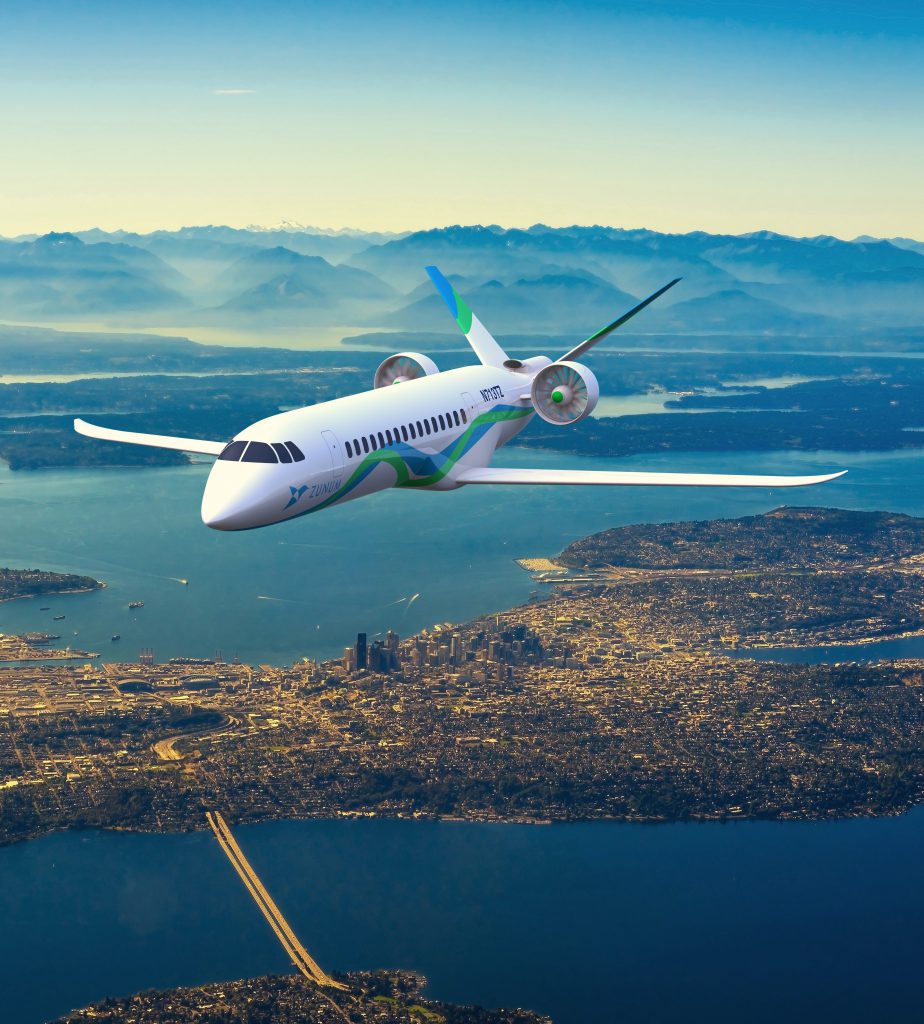
Of course, this would mean that the accompanying infrastructure needs to
be developed as well, which would also mean “Much like the development of ground electric vehicles, [hybrid electric aircraft] would need a different set of architecture for the medium- to long-haul distances, ranging from parallel electric to turboelectric. Several aerospace OEMs amd research institutes are developing these for entry to service in the 2030s,” says Kumar.
Infrastructure aside, Zunum Aero’s team is now three years into developing the aircraft, focusing on making it as efficient as possible. For instance, this means using lightweight parts, devising ways to use heat from the engine to also heat the cabin or power the de-icing system, among others.
Ashish Kumar: “We are entering a golden era of fast and green mobility, powered by hybrid-to-electric aircraft, that will transform our world. Convenient departures from nearby airfields offering quick walk-on, walk-off service will get us to our destinations two to four times faster than today, and at much lower cost. Thousands of secondary airfields will be lit up, bringing affordable, high-speed travel to every community, enabling us to live where we like, and yet get everywhere fast.”
Zunum Aero will begin test flights in 2019 and the company plans to develop 50-seater airplanes with a 1,000-mile range by 2030.
